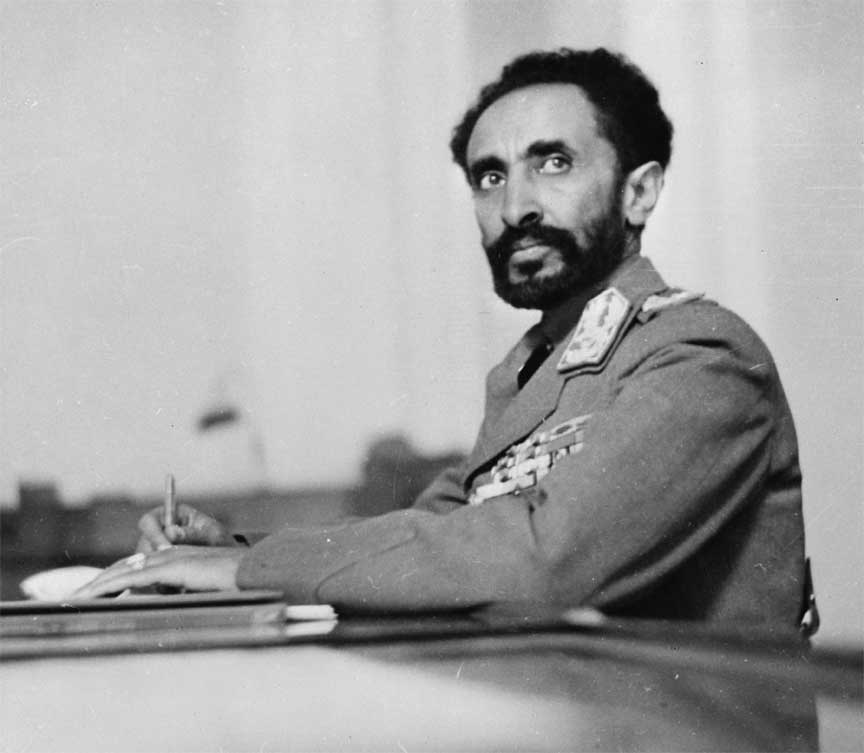1974 Emperor Haile Selassie is Deposed of in Ethiopia

UN
The 44- year reign of Haile Selassie came to an end when he was deposed by the army. Selassie had begun his reign as an absolute monarch. However, during the last decades of his rule he was a constitutional monarch whose powers were limited by a constitution and a legislature..
The end of Haile Selassie's 44-year reign in Ethiopia marked a pivotal shift in the nation's political landscape. While Selassie initiated his rule as an absolute monarch, he later transitioned Ethiopia into a constitutional monarchy, where the monarch's powers were checked by both a constitution and a legislative body. However, his reign witnessed its eventual downfall due to increasing internal and external pressures, economic challenges, and perceived mismanagement of the 1972-1973 famine. The military coup that ousted him in 1974, known as the Derg, ushered in an era of radical change. Upon seizing power, the Derg suspended the constitution and disbanded the legislature. In a drastic move to consolidate power and quash any potential opposition, 60 former officials of Selassie's government were executed.
Aman Andom, a respected general, was initially chosen to head the new government. However, his tenure was short-lived due to internal disagreements within the Derg regarding the direction the country should take, particularly around Eritrea's secessionist movement, which Andom favored negotiating with. This dissent culminated in his removal and execution. He was succeeded by Teferi Benti. Benti's leadership, however, was also fraught with internal power struggles, as the Derg era was marked by a series of purges, realignments, and shifting alliances. The volatile political climate of this period eventually paved the way for the rise of Mengistu Haile Mariam, who would later consolidate power and lead the country into a socialist dictatorship.
 >
>